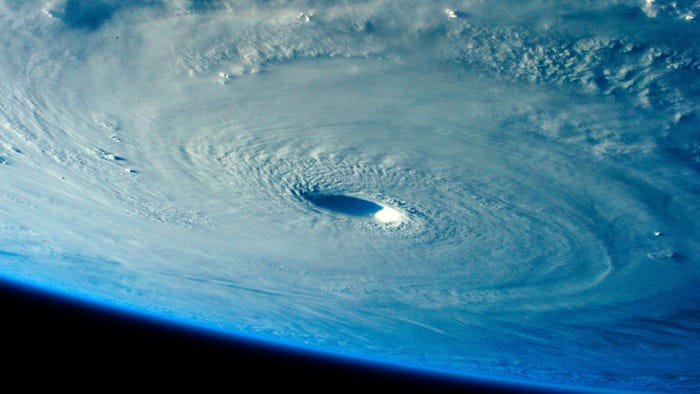Starlink’s network faces significant limitations, analysts find

Starlink, the satellite Internet provider from Elon Musk’s SpaceX, will be able to support just 485,000 simultaneous users at 100Mbit/s across the entire US, according to one firm’s new estimates. And that kind of performance won’t even be available until the end of 2026, when Starlink floods Earth’s skies with up to 12,000 satellites.
According to the new estimates from the financial analysts at Cowen, those figures mean that Starlink – a low Earth orbit (LEO) satellite Internet operator that is expected to begin offering a public beta service in November – won’t pose much of a threat to established Internet service providers like Verizon and Comcast.
“While Starlink has the ability to provide a practical satellite-based broadband solution for the underserved, the capacity has limitations in most of the US, especially considering the growing demand for bandwidth driven by in-home data-rich applications and devices,” the firm wrote in a new report Wednesday.
The Cowen analysts said they developed their Starlink model based on a wide range of public statements – including in FCC filings, Tweets and other sources – by the private company and its executives over the past several months. Nonetheless, the firm’s findings offer perhaps the most cohesive view yet of Starlink’s ambitions and obstacles.
As the Cowen analysts note, Starlink today operates around 650 satellites in orbit – an impressive feat, considering there are so far only a total of 3,000 satellites in operation today across the entire world. Moreover, Starlink has plans to dramatically increase its satellite fleet to 4,400 by 2024 and, potentially, 12,000 by 2026.
To read the complete article, visit Light Reading.



